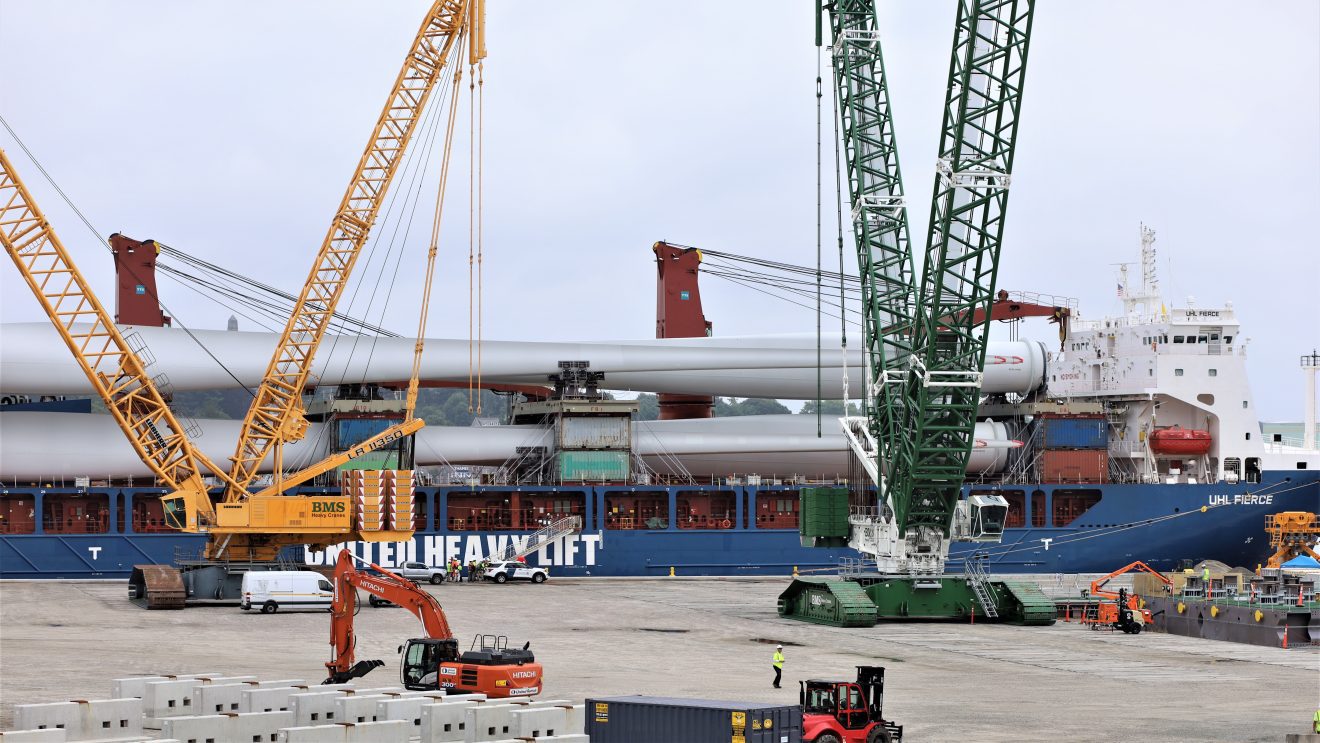NEW LONDON – Twelve 318-foot blades are waiting to be unloaded from a cargo ship in the Thames River. They will soon arrive at State Pier, where they’ll be assembled into turbines and shipped out to ...
Haven’t subscribed yet? Click here to register.
CT Examiner is just $20 a year. And if you want to unsubscribe? That’s online and at the click of a button. No phone calls. No runaround. No hassle.
At less than a tenth the cost of our statewide competitors, our promise to you is no-nonsense federal, state, and local news that’s nonpartisan, respects your privacy and is ad-free.
Subscribe and see why CT Examiner is the fastest growing news source in Connecticut.

